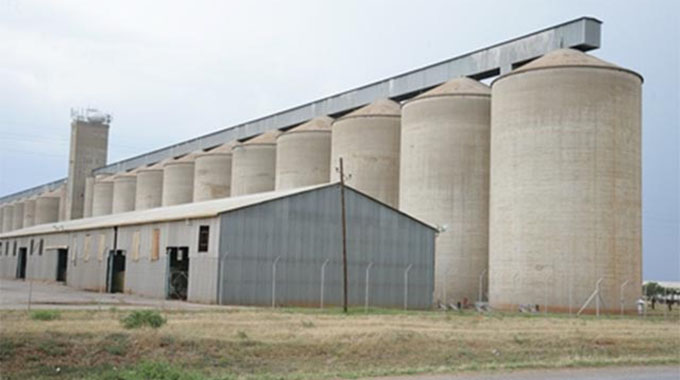1.5 million food-insecure: ZIMVAC
Share

THE latest Zimbabwe Vulnerability Assessment Committee (ZIMVAC) assessment
report on food security, estimates 1,5 million people to be food-insecure across the
country.
Mashonaland Central Province has the least number of the vulnerable families.
The report states that the vulnerable families will need 18 915 metric tonnes of cereal
per month until the next harvest in March next year.
Harare has the highest population in need – around 705 480.
According to the report, the Midlands has the highest proportion of food- insecure
families.
“Matabeleland South (22 percent) and Mashonaland Central (25percent) had the least
proportion of households projected to be food-insecure,” the report reads.
“Mashonaland East had a significant decrease in food insecurity from 53 percent in
2020 to 27 percent in 2023.
“Greater Harare 1 (5 percent), Kadoma (9 percent) and Gwanda (10 percent), had the
least proportion of households projected to be food insecure. Redcliff in the Midlands
Province (71 percent) had the highest proportion of households projected to be food-
insecure.”
On children, ZimVac noted a poor quality of diets for children, saying this is resulting in
stunted growth.
“Nutrition sensitive multi-sectoral approaches that target women of child- bearing age
are recommended to raise awareness on the importance of diversified diets.”
ZimVac based its analysis on security on “availability of food, access to food, the safe
and health utilisation of food and the stability of food availability…”.
“Household food security status was determined using four parameters: food poverty
line, household monthly income, household food consumption score and household
hunger scale.”
ZimVac, which was established in 2002, is a consortium of Government, development
partners, the United Nations, non-governmental organisations, technical agencies and
the academia.
The latest survey focused on urban households residing in the medium-density, high-
density, and peri-urban areas of Zimbabwe. It covered urban council areas,
administrative centres, growth points and other urban areas.









